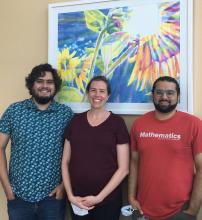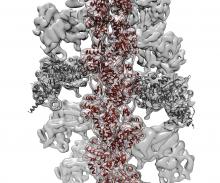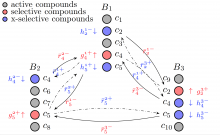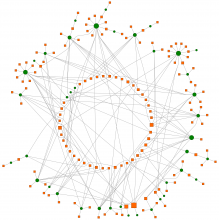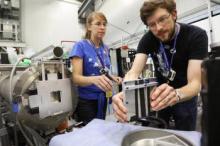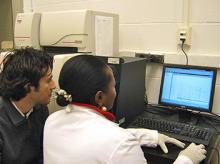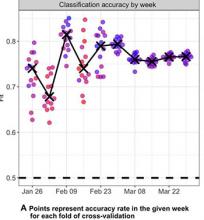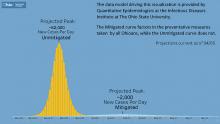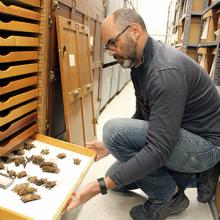Immune-Engineering
Emily Miraldi, assistant professor in the Divisions of Immunobiology and Biomedical Informatics at Cincinnati Children’s Hospital, Department of Pediatrics at University of Cincinnati School of Medicine, leads an “immune-engineering” research group that uses mathematical modeling of the immune system to predict immune responses and understand disease.
